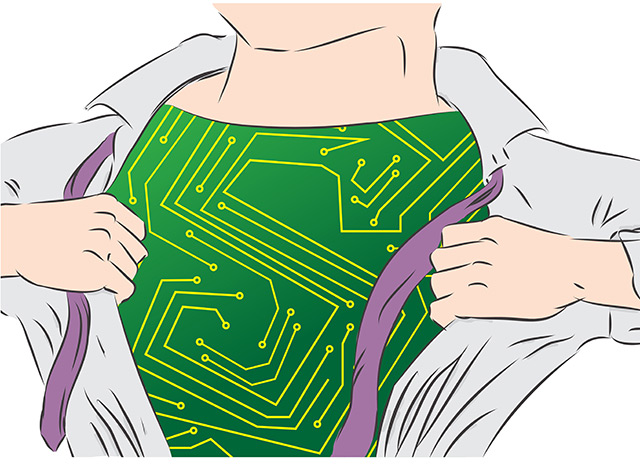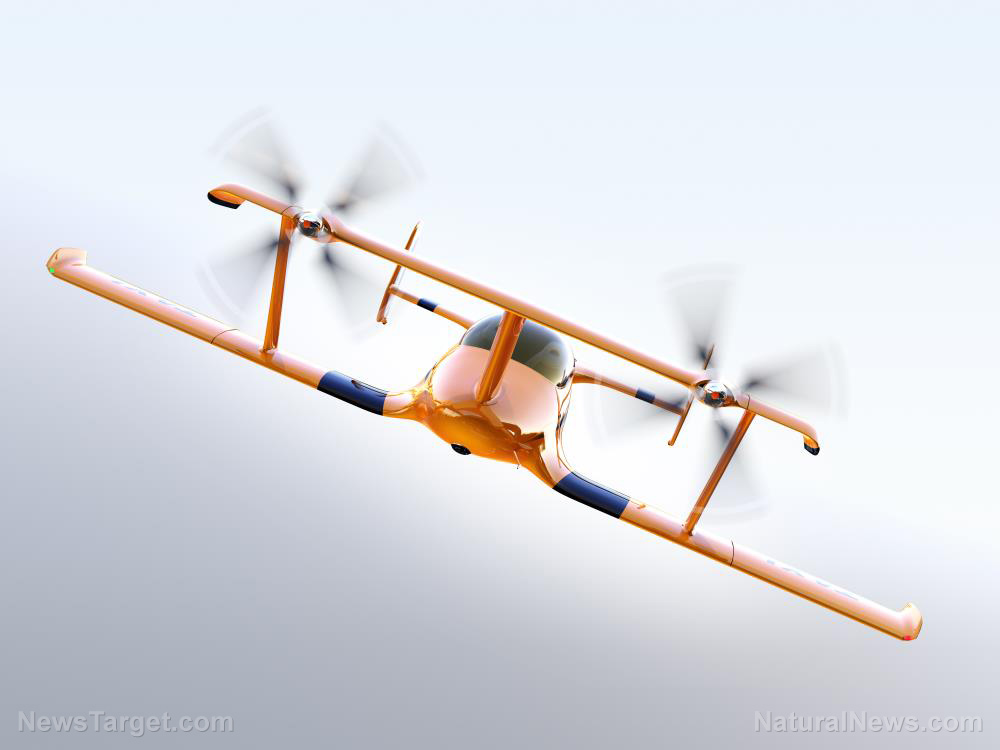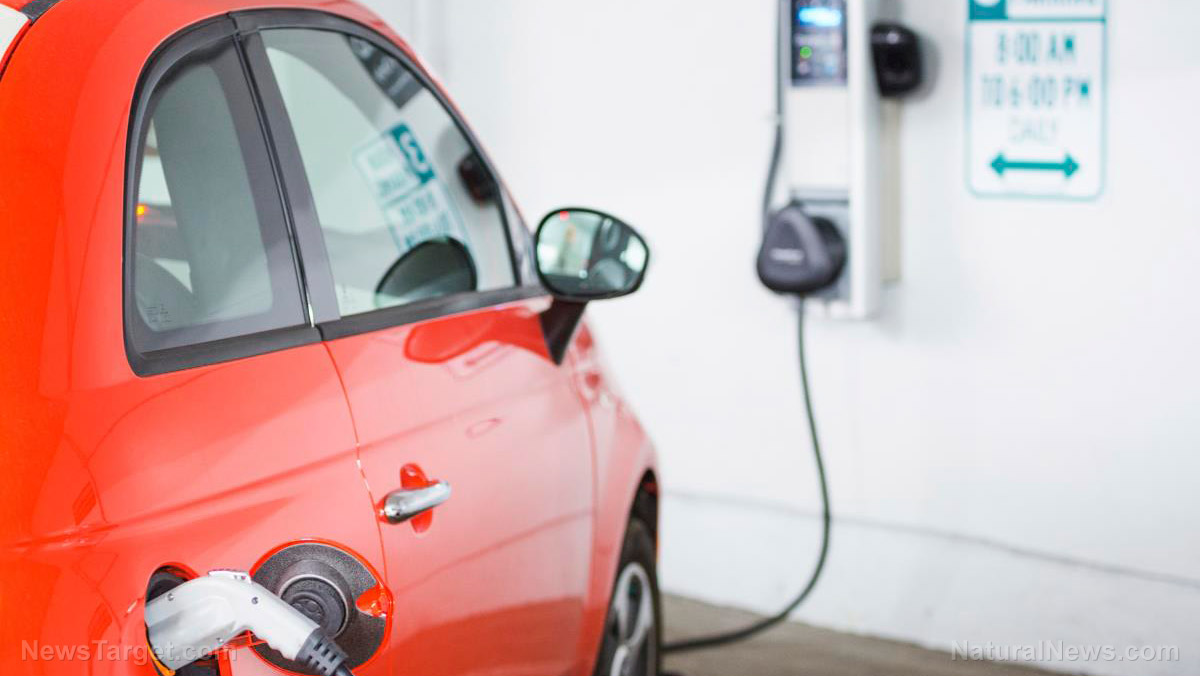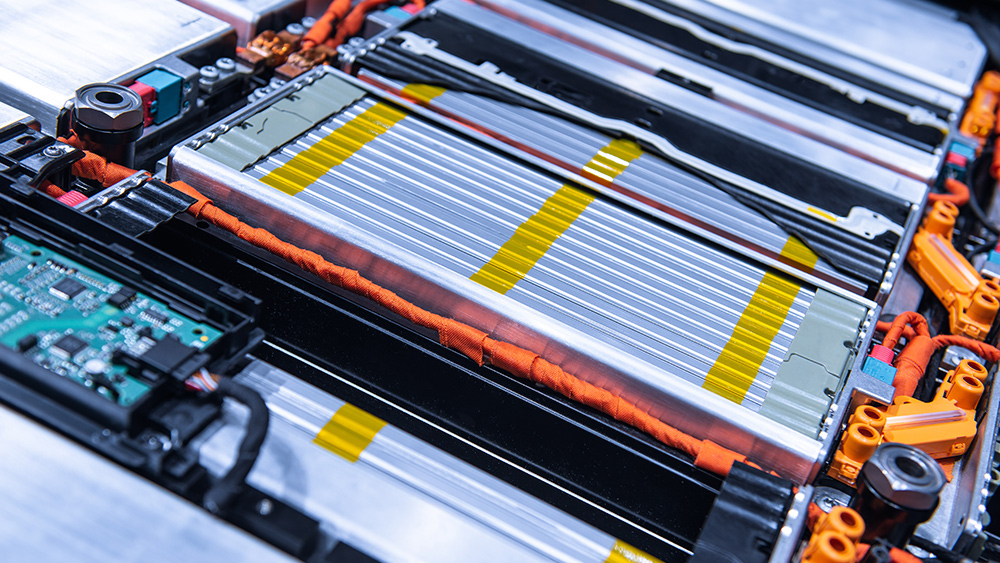“Wearable microgrid” uses energy from the human body to power small gadgets
03/22/2021 / By Franz Walker

Engineers at the University of California, San Diego (UC San Diego) have developed a “wearable microgrid” that’s able to utilize energy from the human body to power small electronic devices.
In a paper published on March 9 in the journal Nature Communications, the researchers said that they drew inspiration from community microgrids.
“We’re applying the concept of the microgrid to create wearable systems that are powered sustainably, reliably and independently,” explained co-first author Lu Yin, a nanoengineering student at UC San Diego’s Jacobs School of Engineering. “Just like a city microgrid integrates a variety of local, renewable power sources like wind and solar, a wearable microgrid integrates devices that locally harvest energy from different parts of the body, like sweat and movement, while containing energy storage.”
New technology generates power from sweat and movement
The wearable microgrid is built using flexible electronic parts developed by the Nanobioelectrics team of Joseph Wang, the director of the Center for Wearable Sensors at UC San Diego and senior author of the study. The wearable microgrid’s three main components are sweat-powered biofuel cells, motion-powered triboelectric generators and energy-storing supercapacitors.
These components are screen-printed onto a shirt and placed in a way that optimizes the amount of energy they can collect. For example, the biofuel cells are located inside the shirt near the chest, where they can best harvest sweat.
The triboelectric generators, on the other hand, are positioned outside the shirt on the arms and on the sides of the torso near the waist. These are designed to harvest energy from the swinging movement of the arms while the wearer is walking or running.
By harvesting energy from both movement and sweat, the microgrid is able to power devices quickly and continuously. The triboelectric generators are able to provide power as soon as the wearer starts moving — that is, before he even breaks a sweat. Once the wearer starts sweating, the biofuel cells start providing power and can continue to do so even after the wearer stops moving.
“When you add these two together, they make up for each other’s shortcomings,” Yin said. “They are complementary and synergistic to enable fast startup and continuous power.”
Yin further explained that the entire system boots up twice as fast as a system running on biofuel cells alone. At the same time, it lasts three times longer than a system powered only by triboelectric generators.
Possible replacement for batteries in wearables
The new system developed by the UC San Diego researchers opens the door for further developments in wearable technology.
At present, one of the things that limits wearables are the batteries needed to power them. These take up space and can be quite heavy, especially if they’re meant to support a device for a significant amount of time.
A 2019 report by certification company UL identified the need for smaller, lighter and more reliable batteries for wearable technologies so that their worldwide market can reach $70 billion by 2025.
While smaller and lighter batteries are in development, technologies such as UC San Diego’s wearable microgrid that eschews batteries represent an interesting alternative for powering wearables. (Related: Scientists create customizable power source for wearable electronics that can be folded, cut and stretched without losing functionality.)
Before that can happen, more work needs to be done on the microgrid to make it usable in a variety of situations. Currently, the design from UC San Diego is useful only for athletics and other cases where the user is physically active. But the team is already working on other designs that can harvest energy in other situations, such as when a user is sitting inside an office.
“We are not limiting ourselves to this design,” said Yin. “We can adapt the system by selecting different types of energy harvesters for different scenarios.”
Follow FutureScienceNews.com for more on new technologies that will power devices efficiently in the future.
Sources include:
Tagged Under: batteries, breakthrough, discoveries, electronics, energy, future tech, gadgets, goodtech, innovation, inventions, power, research, wearable technology, Wearables
RECENT NEWS & ARTICLES
COPYRIGHT © 2017 INVENTIONS NEWS





















